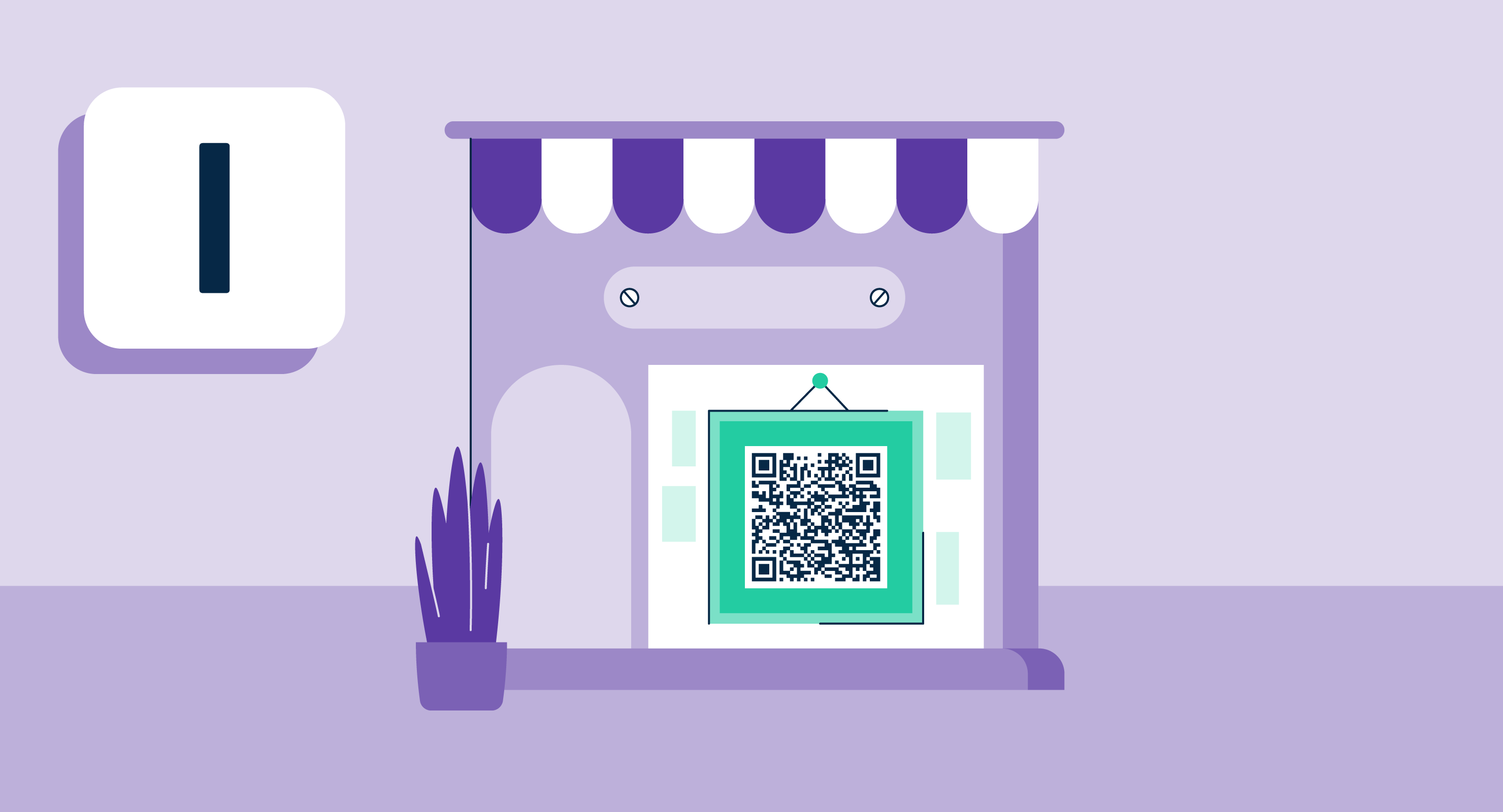
Intangible products are goods sold by a company that are not physical in nature. The most popular are usually products that exist digitally, such as licenses and software. Despite not being a physical product, intangibles are still extremely valuable, though their value is a bit more difficult to sell.
For example, when someone is shopping for a car, they can view the vehicle in person and even drive the car to see if they enjoy it. Customers can’t take an intangible product for a test drive, so marketing these goods is especially challenging.
Companies use asset management solutions to organize and maintain their offerings. Asset management helps to track, monitor, categorize, and consolidate intangible and tangible assets among all stock locations.
While intangible products are not physical, they are assets that bring value to a company overall. They can bring value through monetary profits down the line, legal protection, or priceless knowledge.
There are a multitude of different types of intangible products. There are identifiable products that are easily seen as assets and unidentifiable products that are more subjective in their value. The most popular intangible asset groups include intellectual property, goodwill, business software, customer lists, and media.
Intellectual property is an identifiable intangible product that is usually a legally protected asset that cannot be transferred without proper documentation. Intellectual property can also have a selling price when agreed upon by the parties involved. Some examples of intellectual property include trademarks, copyrights, patents, franchises, trade secrets, and company ownership. Intellectual property cannot be included in accounting numbers as its monetary value isn’t a set number, but it can be considered in the company’s stock portfolio.
Goodwill is an unidentifiable intangible product that doesn’t have a distinct monetary value but has value nonetheless. Some examples of goodwill include reputation, research, customer loyalty, and branding. Although it does not have a set price tag, goodwill is an accepted product because its benefits are widely recognized and considered indefinite. In some cases, goodwill may be included in a company’s valuation when a merger or acquisition occurs.
Business software is a huge company asset, especially systems that were created by the company itself. The software likely resulted from research and development efforts and could have a price tag allocated if significant investments were made toward development. When licenses start to accumulate, companies utilize software asset management (SAM) tools to document and track all the pieces of software being used.
Customer lists hold all the connections and contact information that a company has acquired. These lists, while intangible, are highly valuable. They can take a long time to build and are a huge resource to consider when researching and developing new product offerings. Putting a price on customer relationships can be very difficult. However, it is still considered a significant company asset and can be priced in an agreement.
Media is digital content that is also considered an intangible company asset. This includes music, websites, social platforms, photos, and virtual publishing. Digital asset management software can be used to optimize and maintain these media files.
Selling intangible goods is especially difficult as most of the selling points become more apparent as the product is used. Companies may not feel very comfortable handing over money in exchange for something they can’t see or touch.
When it comes to marketing intangible products, ensuring that the most beneficial features of the product can be communicated successfully is essential. There are a few ways to establish credibility and value for intangible products.
Intangible products hold their own benefits as items that are not physical in nature. Whether identifiable or unidentifiable, they are wholly recognized as assets that can be priced in the case of a company acquisition or merger. Selling an intangible isn’t easy as most of its appeal is more obvious as a customer uses the product. This is why companies need to rely on their overall brand reputation and success stories to get customers to trust their word.
Intangibles and tangibles together make up a company’s comprehensive list of resources that add to the value of an organization.
Tangible products are physical assets that can be handed to a customer after purchase. Examples of tangible products:

From a company’s perspective, selling a tangible product usually comes more naturally than an intangible product as customers can make opinions on purchasing by just looking at the item. However, tangibles still have their own challenges.
Tangible products can be touched and seen, so marketing them heavily relies on visual and hands-on experiences. This includes the color, shape, texture, and size of the product. While tangibles may be more naturally marketed than intangibles, both are still challenging to sell and require a deep understanding of the target audience and positive reputation to back up the claims of success.
Alexandra Vazquez is a former Senior Content Marketing Specialist at G2. She received her Business Administration degree from Florida International University and is a published playwright. Alexandra's expertise lies in copywriting for the G2 Tea newsletter, interviewing experts in the Industry Insights blog and video series, and leading our internal thought leadership blog series, G2 Voices. In her spare time, she enjoys collecting board games, playing karaoke, and watching trashy reality TV.
Your intellect has value once you claim it.
.jpg) by Aayushi Sanghavi
by Aayushi Sanghavi
What is intellectual property? Intellectual property (IP) is a group of intangible assets...
 by Holly Landis
by Holly Landis
What were Facebook Credits? Facebook Credits was a virtual currency used to buy items in...
 by Sagar Joshi
by Sagar Joshi
Your intellect has value once you claim it.
.jpg) by Aayushi Sanghavi
by Aayushi Sanghavi
What is intellectual property? Intellectual property (IP) is a group of intangible assets...
 by Holly Landis
by Holly Landis


